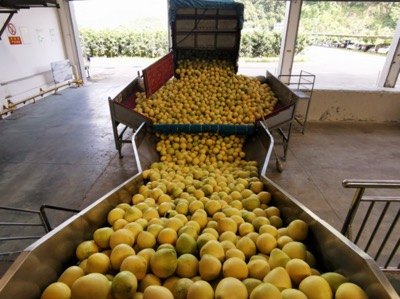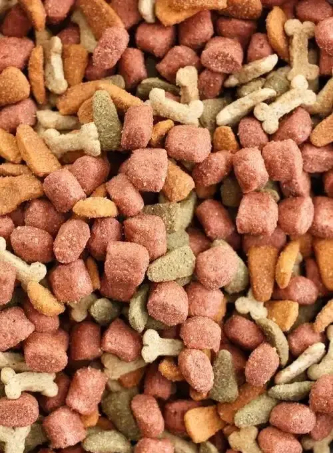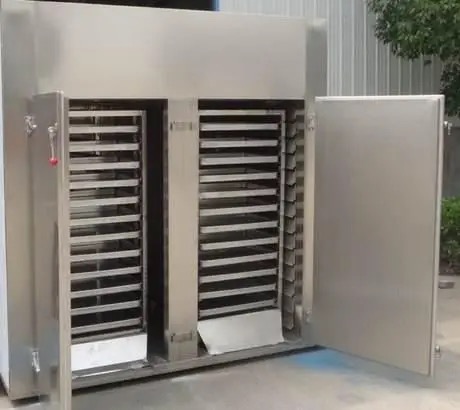
Content Menu
● Introduction
● Understanding Food Drying
● Types of Food Dryers
>> Electric Food Dehydrators
>> Solar Food Dryers
>> Microwave Food Drying
● Benefits of Food Drying
>> Nutritional Preservation
>> Extended Shelf Life
>> Cost-Effectiveness
● How to Choose a Food Dryer
>> Capacity
>> Temperature Control
>> Ease of Cleaning
● Best Practices for Food Drying
>> Preparing Food
>> Optimal Drying Conditions
● Common Mistakes in Food Drying
>> Overloading the Dryer
>> Neglecting Pre-Treatment
● Innovative Uses for Dried Foods
>> Snacks
>> Meals
● Conclusion
● FAQs
>> 1. What foods can be dried?
>> 2. How long does it take to dry food?
>> 3. Can I dry meat at home?
>> 4. What is the best temperature for drying fruits?
>> 5. How do I store dried foods properly?
Introduction
Food preservation has been a crucial aspect of human survival for centuries. Among various methods, food drying stands out for its simplicity and effectiveness. This article explores the world of food drying, focusing on its benefits, methods, and best practices, while excluding the context of washing machines.

Understanding Food Drying
Food drying is the process of removing moisture from food to inhibit the growth of bacteria, yeasts, and molds. Historically, this method has allowed civilizations to store food for extended periods, ensuring a stable food supply during lean seasons.
Types of Food Dryers
There are several types of food dryers available today:
Electric Food Dehydrators
These appliances use heat and airflow to dry food evenly. They come with adjustable temperature settings and multiple trays for drying various foods simultaneously.
Solar Food Dryers
Utilizing the sun's energy, these dryers are eco-friendly and cost-effective, ideal for sunny climates.
Microwave Food Drying
A quick method that uses microwave radiation to evaporate moisture, suitable for small batches.
Benefits of Food Drying
Food drying offers numerous advantages:
Nutritional Preservation
Dried foods retain most of their nutrients, making them a healthy snack option.
Extended Shelf Life
Properly dried foods can last for months or even years without refrigeration.
Cost-Effectiveness
Drying seasonal fruits and vegetables can save money and reduce waste.
How to Choose a Food Dryer
When selecting a food dryer, consider the following features:
Capacity
Choose a model that fits your drying needs, whether for small batches or large quantities.
Temperature Control
Adjustable settings allow for optimal drying of different foods.
Ease of Cleaning
Look for models with removable trays that are dishwasher safe.
Popular brands include COSORI and Magic Mill, known for their reliability and performance.
Best Practices for Food Drying
To achieve the best results, follow these practices:
Preparing Food
Wash and slice fruits and vegetables uniformly to ensure even drying.
Optimal Drying Conditions
Most fruits dry well at temperatures between 135°F to 145°F, while vegetables may require higher temperatures.

Common Mistakes in Food Drying
Avoid these pitfalls to ensure successful drying:
Overloading the Dryer
This can lead to uneven drying and longer processing times.
Neglecting Pre-Treatment
Some foods, like apples, benefit from pre-treatment with lemon juice or ascorbic acid to prevent browning.
Innovative Uses for Dried Foods
Dried foods can be incorporated into various recipes:
Snacks
Create trail mixes with dried fruits and nuts.
Meals
Use dried vegetables in soups and stews for added flavor and nutrition.
Conclusion
Food drying is a valuable skill that not only preserves food but also enhances its flavor and nutritional value. By understanding the methods and best practices, anyone can enjoy the benefits of dried foods at home.

FAQs
1. What foods can be dried?
Most fruits, vegetables, herbs, and even meats can be dried. However, some foods, like dairy, are not suitable for drying.
2. How long does it take to dry food?
Drying times vary based on the type of food and the method used, ranging from a few hours to over a day.
3. Can I dry meat at home?
Yes, but it requires careful preparation and adherence to food safety guidelines to prevent spoilage.
4. What is the best temperature for drying fruits?
Generally, fruits should be dried at temperatures between 135°F to 145°F.
5. How do I store dried foods properly?
Store dried foods in airtight containers in a cool, dark place to maintain freshness and prevent moisture absorption.












